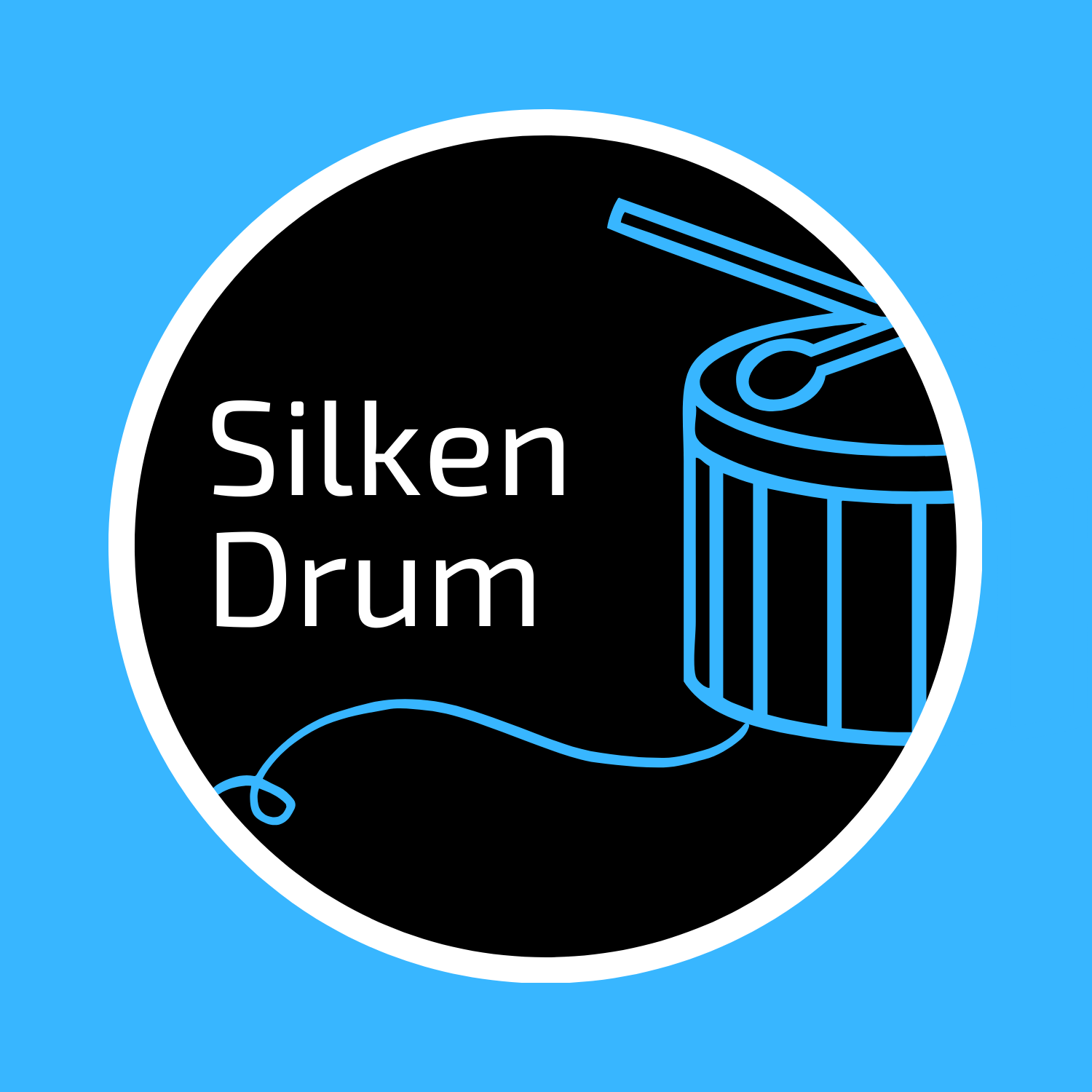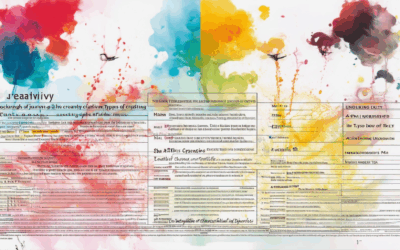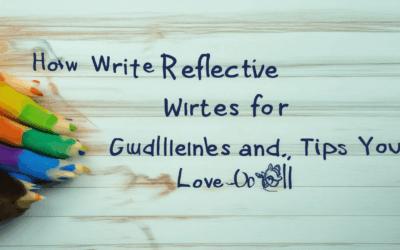Writing a thoughtful and reflective essay requires more than just organizing your thoughts—it demands clarity, depth, and a genuine connection to your subject matter. Whether you’re crafting a personal reflection, analyzing a real-life scenario, or sharing your unique perspective, the ability to convey meaningful ideas through writing is a valuable skill. In this guide, we’ll explore what makes a reflective essay stand out, the essential elements it should include, and practical tips to help you master the art of thoughtful writing. From understanding the definition of a reflective essay to learning how to structure your ideas effectively, this article will walk you through the process of creating pieces that resonate with readers and leave a lasting impression.

What is a Good Reflective Essay?
A good reflective essay is a deeply introspective piece of writing that explores your thoughts, feelings, and experiences on a particular topic. It often involves looking back on past events or experiences to gain a better understanding of yourself or your surroundings. Reflective essays are personal and subjective, allowing you to express your unique perspective and emotions.
Key Components of a Good Reflective Essay
- Purpose : The primary goal of a reflective essay is to examine your life experiences and draw meaningful insights from them. This could involve exploring a challenging moment, a significant achievement, or a personal growth experience.
- Structure : A well-structured reflective essay typically includes:
- An introduction that sets the stage for your reflection.
- Body paragraphs that delve into specific memories, emotions, or lessons learned.
- A conclusion that summarizes your thoughts and reflects on how the experience has impacted you.
- Depth : A good reflective essay goes beyond surface-level descriptions. It digs into the underlying emotions, motivations, and implications of your experiences.
- Clarity : Use vivid imagery and specific details to make your narrative relatable and engaging. Avoid vague statements that don’t provide insight.
Steps to Write an Effective Reflective Essay
- Choose a Topic : Select a meaningful event or experience that you want to explore. It could be a trip, a conversation, or a personal challenge.
- Reflect on Your Experience : Think about what stood out to you, what emotions were involved, and what you learned from the experience.
- Organize Your Thoughts : Use techniques like mind mapping or freewriting to organize your ideas before writing the essay.
- Draft Your Essay : Start with a tentative title and introduction, then expand on your thoughts in the body, and conclude with a meaningful reflection.
Tips for Enhancing Your Reflective Essay
- Show, Don’t Tell : Use descriptive language to convey your emotions and experiences rather than simply stating them.
- Engage with the Community : Share your reflections with others on platforms like Silken Drum to gain feedback and connect with fellow writers.
- Stay Curious : Approach your reflections with curiosity and a desire to learn more about yourself.
By focusing on these elements, you can craft a reflective essay that is not only personal and meaningful but also engaging and thought-provoking for others.
How to Write a Thoughtful Essay
To craft a thoughtful essay, consider the following organized approach:
- Develop a Strong Thesis Statement : Begin with a clear, concise thesis that encapsulates your central argument. This will guide your essay’s structure and ensure focus.
- Gather and Evaluate Sources : Collect reputable sources that align with your thesis. Use these to support your arguments and provide depth to your analysis.
- Structure Your Essay Logically :
- Introduction : Introduce your thesis and outline the essay’s structure, providing an overview of your main points.
- Body Paragraphs : Each paragraph should have a clear topic sentence, supported by evidence and analysis. Consider incorporating examples or anecdotes to enrich your discussion.
- Conclusion : Summarize your findings, restate your thesis, and reflect on the implications of your argument.
- Engage in Critical Thinking : Analyze your sources critically, evaluating their strengths and weaknesses. Consider diverse perspectives to enhance the depth of your essay.
- Reflect on Your Perspective : Regularly reflect on your own thoughts and how they evolve as you write. This introspection enriches your analysis and adds a personal touch.
- Edit and Revise : Proofread for grammatical errors and ensure clarity. Seek feedback from peers or mentors to gain new insights and improve your essay’s quality.
- Maintain Consistency : Keep your voice and style consistent throughout the essay, whether it’s formal or personal, to maintain a cohesive narrative.
By following these steps, you can create a thoughtful essay that is both insightful and engaging, effectively conveying your unique perspective.

What Are the 3 Things a Reflective Essay Needs?
A reflective essay requires three primary components to effectively convey personal insight and meaning. These elements ensure clarity, coherence, and depth in the essay.
- Clear Purpose and Thesis Statement
A reflective essay begins with a strong purpose and thesis statement that outlines the central theme or question the essay will explore. This sets the stage for the reader, establishing the foundation for the essay’s exploration of self-reflection. - Body Paragraphs with Analysis and Insight
The body of a reflective essay consists of paragraphs that delve into personal experiences, observations, and feelings. These paragraphs should analyze the significance of these experiences, drawing connections to broader themes, values, or ideas. Effective body paragraphs often include specific anecdotes, emotions, or reflections that support the thesis. - Conclusion with Reflection and Growth
The conclusion ties the essay together by summarizing the key points and reflecting on the growth or understanding achieved through the process of writing. A strong conclusion leaves the reader with a lasting impression of the author’s journey and insights gained.
By incorporating these elements, a reflective essay becomes a meaningful exploration of self and world, offering valuable insights and fostering deeper understanding.

What is a Personal Reflection Essay?
A personal reflection essay is a written piece where an individual explores their thoughts, emotions, and experiences related to a particular event or subject. This type of essay is introspective, focusing on personal growth, learning, and understanding oneself through the lens of a specific experience or topic.
Purpose of a Personal Reflection Essay
The primary goal of a personal reflection essay is to gain insight into one’s personality, beliefs, or life experiences. It allows the writer to examine their thoughts and feelings in a structured manner, often leading to greater self-awareness and personal development.
Key Components of a Personal Reflection Essay
- Introduction : The writer introduces the topic and states their thesis or central idea.
- Body Paragraphs : These paragraphs detail specific events, feelings, or lessons learned. The writer reflects on how these experiences have impacted them and what they have taken away from them.
- Conclusion : The writer summarizes their reflections and shares any final insights or realizations.
Common Themes in Personal Reflection Essays
Personal reflection essays often revolve around themes such as overcoming challenges, learning from past mistakes, or growing spiritually. Examples might include writing about a difficult experience and how it contributed to personal growth or reflecting on a values clarification exercise.
Audience
These essays are typically written for the writer themselves, but they can also be shared with others who may find the reflections insightful or inspiring.
By engaging in the process of writing a personal reflection essay, individuals can better understand themselves and articulate their thoughts and feelings in a meaningful way.
How to Begin a Reflective Essay
A reflective essay begins with a thoughtfully crafted introduction that grabs attention and sets the stage for the rest of your piece. Here’s a step-by-step guide to help you get started:
- Start with a Hook: Begin your essay with a compelling hook to engage your reader. Common types of hooks include:
- Thought-provoking questions
- Anecdotes or personal stories
- Surprising statistics or facts
- Poignant quotes or statements
- State Your Purpose Clearly: Include a thesis statement that outlines the central theme or lesson of your essay. This helps guide the reader through your narrative.
- Set the Tone Appropriately: Establish the tone early on. Is your reflection introspective, analytical, or conversational? This choice will influence the rest of your essay.
Choosing a Reflection Technique
Reflective essays often benefit from a structured approach. Consider these methods to organize your thoughts:
- Journaling Approach: Write down your initial thoughts and feelings about the topic. This allows you to explore your emotions and ideas freely before organizing them.
- Mindful Observation: Pay attention to your surroundings and internal state. This technique helps you connect your personal experiences with broader themes.
- Life Events Reflection: Reflect on specific life events or moments that have shaped your perspective. Connecting personal experiences to universal themes strengthens your essay.
Developing the Body of Your Essay
Once you’ve set the foundation, delve deeper into your thoughts and experiences. Here’s how to flesh out your essay:
- Use Narrative Techniques: Tell stories or recount specific incidents that illustrate your reflections. This makes your essay more relatable and engaging.
- Explore Multiple Perspectives: Consider different viewpoints or interpretations of your experiences. This adds depth and complexity to your reflection.
- Incorporate Emotional Vulnerability: Authenticity is key in reflective writing. Share your true feelings and struggles to resonate with your audience.
Concluding Your Reflective Essay
End your essay by summarizing your reflections and their significance. A strong conclusion ties everything together and leaves the reader with something to ponder:
- Restate Your Thesis: Reiterate your central theme or lesson. This reinforces your essay’s purpose and gives closure.
- Share Your Growth or Insight: Highlight how your reflections have changed your understanding or perspective. This demonstrates the value of your journey.
- Inspire Action or Contemplation: End with a thought-provoking statement or call to action that encourages readers to reflect on their own lives.
By following these steps, you’ll craft a meaningful and impactful reflective essay that invites others to join your journey of self-discovery and growth. Visit our creative writing community for more tips and inspiration!

The Best Example of Reflection
Reflection is a phenomenon where light, or other forms of electromagnetic radiation, bounces off a surface. The most common and simplest example is specular reflection , which occurs when light strikes a smooth, flat surface and returns to the source with little deviation in angle. This is often seen in everyday objects like mirrors, windows, and shiny surfaces.
Types of Reflection:
- Specular Reflection :
- Occurs at smooth surfaces like glass or polished metals.
- Example: Light reflecting off a mirror or windowpane.
- Diffuse Reflection :
- Happens when light hits a rough or uneven surface, causing the reflected light to scatter in many directions.
- Example: Light reflecting off a white wall or a piece of paper.
- Fresnel Reflection :
- A type of reflection that occurs at curved surfaces, commonly found in nature.
- Example: Reflection off the surface of water or the curve of a lens.
Applications of Reflection:
- Optics : Used in eyewear, cameras, and microscopes to reduce glare and enhance image quality.
- Construction : Reflective materials are used in roads, buildings, and solar panels to maximize light absorption.
- Science : Reflection principles are fundamental in understanding phenomena like interference and holography.
Every-Day Examples:
- Water Reflection : When you see your face in a pond, the water acts as a mirror, demonstrating specular reflection.
- Car Mirrors : These use reflection to help drivers see vehicles behind them without turning their heads.
- Sunrise/Sunset : The sky appears brighter during sunrise or sunset due to the scattering of light off particles in the atmosphere.
Reflection is a versatile and essential concept that plays a role in technology, art, and our daily lives. Understanding its principles helps us appreciate the world around us and develop technologies that rely on it, such as solar panels and camera lenses.




0 Comments